What is holistic Pt?
Are you looking for a healthcare provider to alleviate your lower back pain and align your chakras? I can’t help you with the latter, but I got you on the former.
People hear the word holistic and often associate it with the image of a shaman rubbing medicinal herbs all over your body while burning sage and chanting to ward off the evil spirits plaguing you with back pain. While I do appreciate other beliefs and points of view, this is not what I do. The word holistic is referring to the whole body and all of its systems, including, but definitely not limited to, the musculoskeletal system (muscles, bones, and joints), cardiovascular system (heart and blood vessels), respiratory system (lungs and tubes that transport air into the lungs), and nervous system (brain and nerves that communicate between the brain and body).
As a holistic physical therapist, I look at all of these systems and how they may be affecting your main complaint, and I treat all of these systems within my scope of practice, in conjunction with each other. This is extremely beneficial due to the fact that dysfunction in one system often drives dysfunction in at least one other system, as well as the concept of interregional dependence. This is referring to problems in one area of the body (we’ll say the foot) being caused by problems in another area of the body (the hip, for example). If the inner arch of the foot is painful when walking, it is not uncommon for the main driver of this problem to be weak muscles in the hip, causing the body to have to rely more heavily on the foot to maintain balance.
While a holistic approach is really considered best practice in the physical therapy world (just ask the APTA), traditional healthcare models often hinder a practitioner’s ability to do so. This is due largely to two things: outrageous patient flow and insurance requirements. The ugly truth is corporate and chain practices care more about profit than they do individual patient care. It has become common practice for these clinics to hire as few PTs as possible while jamming as many patients on their daily schedules as they can. On top of this, PTs have to comply with insurance requirements (often written by people who are not healthcare professionals) that are redundant and limiting. Both of these issues result in inefficient care requiring patients to attend 2-3 appointments a week for several months or even years before achieving any lasting positive outcomes.
This is where holistic physical therapists like me come in. We limit the number of patients we see (I draw the line at 10 patients a week, compared to the typical 15-20 patients per practitioner per day at chain clinics) and we rely on clinic memberships and packages for payment instead of reimbursement from insurance companies. I won’t lie, it is more expensive up front, but most people end up saving money in the long run, and find that the quality of care is worth the expense.
